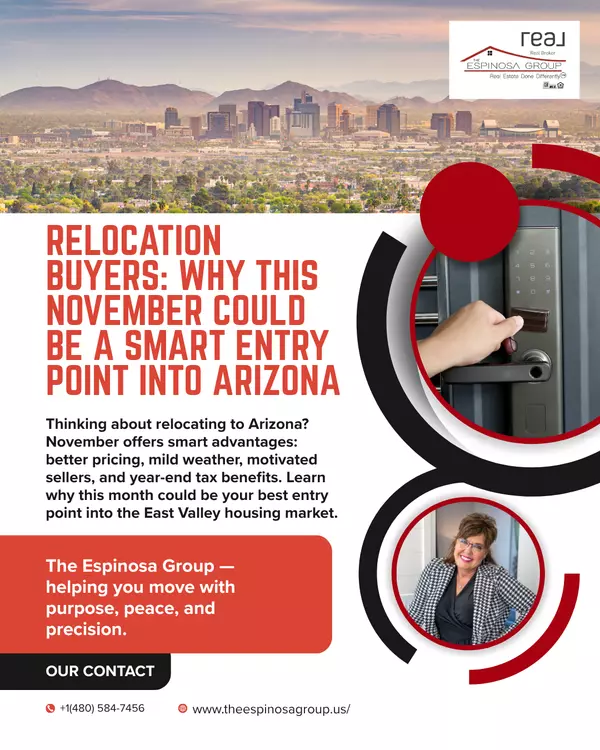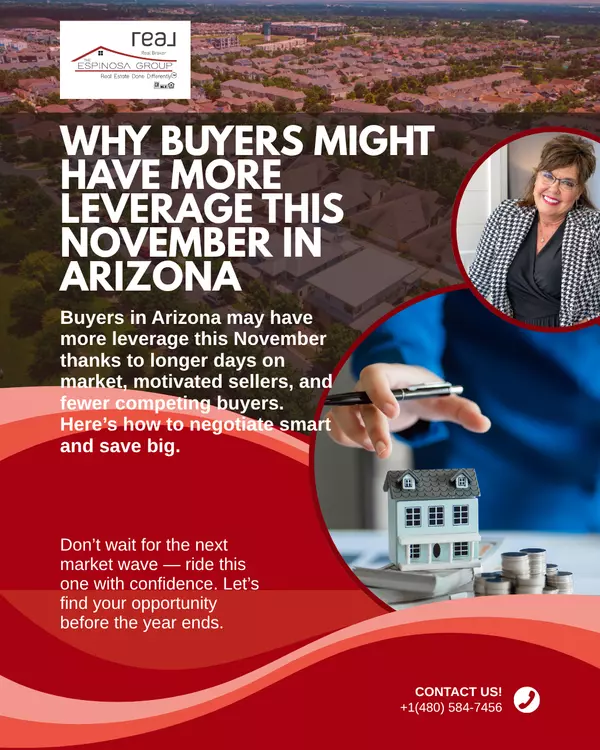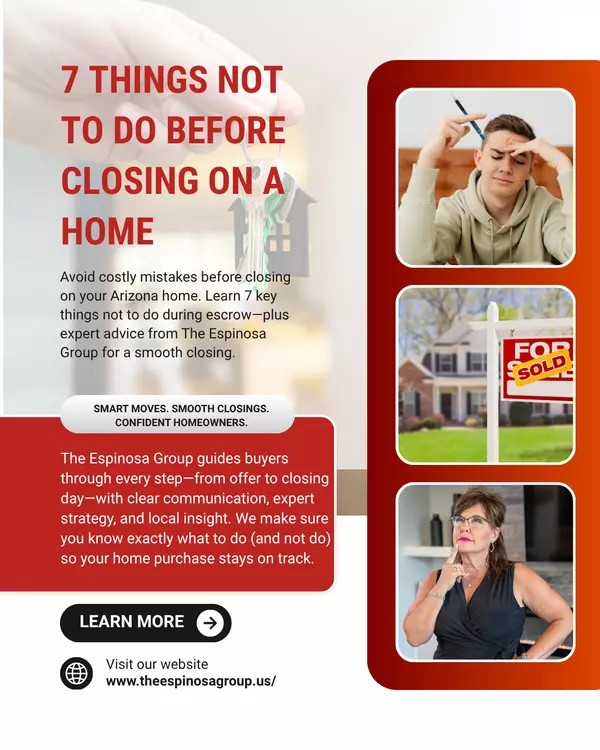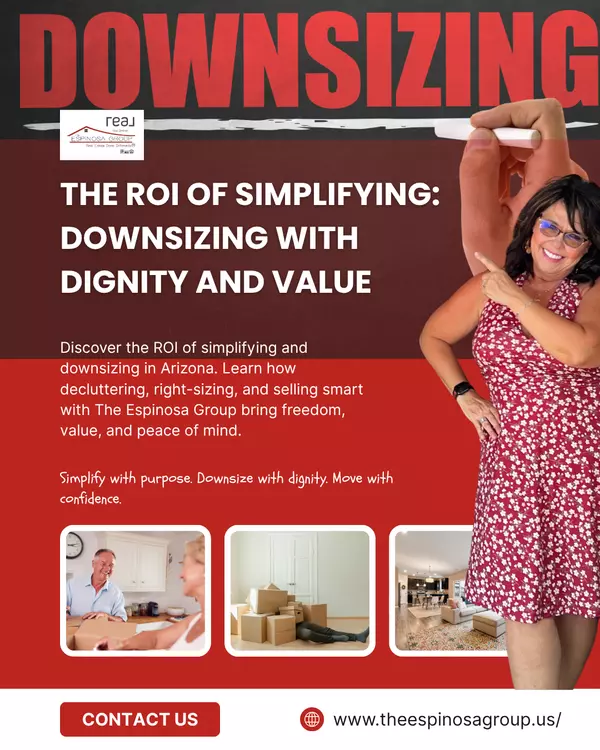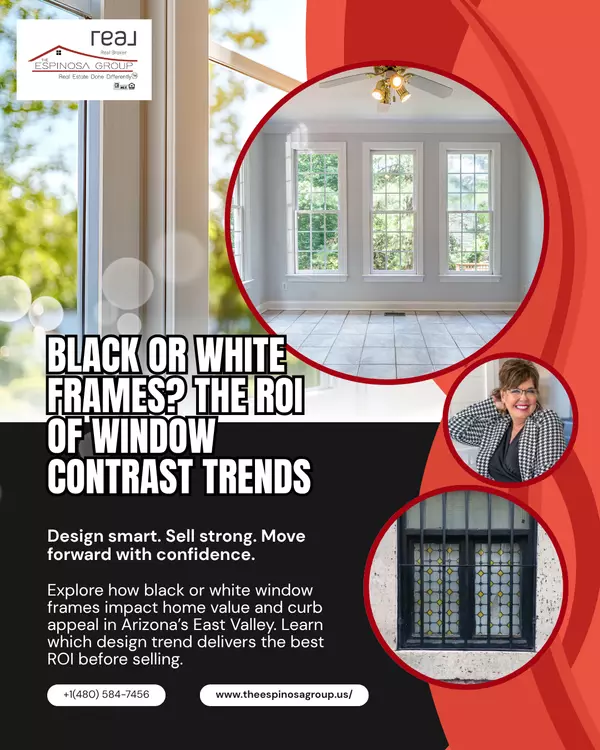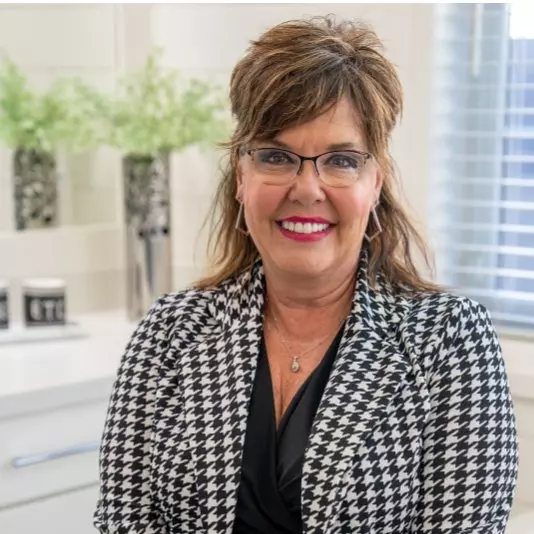Buying a Home with Zero Down: Is It Possible?

Owning a home without a down payment may sound too good to be true, but in 2025, it's more achievable than many buyers realize. With the right loan programs, down payment assistance, and creative financing options, first-time buyers and those with limited savings can still enter the real estate market. Here's how you can buy a home with little to no money down this year.
1. Zero-Down Mortgage Programs
Several mortgage programs allow buyers to purchase a home without a down payment. Here are the most popular options:
✅ VA Loans (Veterans Affairs Loans): Available to eligible military service members, veterans, and some surviving spouses, VA loans offer 100% financing, meaning no down payment is required. They also come with low interest rates and no private mortgage insurance (PMI).
✅ USDA Loans (United States Department of Agriculture Loans): Designed for buyers in eligible rural and suburban areas, USDA loans also provide 100% financing with low interest rates and reduced mortgage insurance costs. To qualify, buyers must meet income limits and purchase a home in a designated USDA-eligible location.
✅ Doctor and Professional Loans: Some lenders offer zero-down or low-down-payment mortgage options for doctors, attorneys, and other high-earning professionals who may have significant student loan debt but strong future earning potential.
2. Low Down Payment Loan Alternatives
If you don’t qualify for a zero-down mortgage, there are still low down payment options that require as little as 3% down:
✅ FHA Loans (Federal Housing Administration Loans): Require a minimum 3.5% down payment and are ideal for buyers with lower credit scores. FHA loans have flexible qualification requirements and allow buyers to use gift funds for the down payment.
✅ Conventional 97 Loans: Offered by Fannie Mae and Freddie Mac, these loans require just 3% down and have lower mortgage insurance costs compared to FHA loans. They’re great for first-time buyers with good credit.
✅ HomeReady & Home Possible Loans: These programs help low- to moderate-income buyers by allowing a 3% down payment and providing lower mortgage insurance costs.
3. Down Payment Assistance (DPA) Programs
Many first-time buyers can take advantage of down payment assistance (DPA) programs to cover some—or even all—of their upfront costs. These programs can come in the form of grants, forgivable loans, or deferred-payment second mortgages.
✅ State & Local DPA Programs: Many state housing authorities and local municipalities offer down payment and closing cost assistance for eligible buyers. ✅ Employer-Assisted Housing (EAH) Programs: Some companies help employees with home purchase costs, offering grants or low-interest loans. ✅ Nonprofit & Community Assistance: Organizations like NACA (Neighborhood Assistance Corporation of America) provide no-down-payment loans with competitive rates for qualifying buyers.
4. Creative Financing Strategies
If you don't qualify for traditional loans or assistance programs, consider these creative ways to finance your home purchase:
✅ Lease-to-Own Agreements: A portion of your rent payments goes toward purchasing the home over time. ✅ Seller Financing: In some cases, a seller may agree to finance part of the purchase, eliminating the need for a traditional mortgage. ✅ Gifted Down Payments: Family members can provide gift funds to cover a down payment. ✅ Crowdfunding a Down Payment: Some buyers turn to crowdfunding platforms or wedding registries that allow guests to contribute toward their home purchase.
Is Buying a Home with Zero Down Right for You?
While zero-down options can help buyers get into a home sooner, it's important to consider the pros and cons:
✅ Pros:
-
Lower upfront costs—no need to save for years.
-
Ability to buy sooner rather than waiting.
-
Can use savings for repairs, moving costs, or emergencies.
❌ Cons:
-
Higher monthly mortgage payments.
-
Potential for private mortgage insurance (PMI) or higher interest rates.
-
Less home equity starting out, which may be a risk in a fluctuating market.
Final Thoughts: How to Get Started
Buying a home with zero down in 2025 is possible, but it requires the right strategy and lender guidance. Here’s what to do next:
✔️ Check Your Eligibility: See if you qualify for VA, USDA, or low-down-payment loans.
✔️ Research Local Assistance Programs: Find out what grants or loan assistance programs are available in your area.
✔️ Talk to a Mortgage Professional: Get pre-approved and explore all financing options.
✔️ Work with an Experienced Real Estate Agent: A knowledgeable agent can help you find properties and negotiate the best deal.
If you're ready to explore zero-down or low-down-payment options, The Espinosa Group is here to help! Contact us today to start your journey toward homeownership. 🏡
Categories
- All Blogs (225)
- Contracts, Negotiations & Process (4)
- Home Buying Process (19)
- Home Buying, Selling, and Investing Tips (65)
- how to buy a house (9)
- How to sell your house (11)
- Importance of a Real Estate Agent (1)
- real estate investment strategies (14)
- Real estate Market in Arizona (7)
- ROI tips (14)
- Selling a home (19)
- STAGING DIFFERENTLY (37)
- Staging tips for selling (23)
- THE AGENT (5)
Recent Posts
